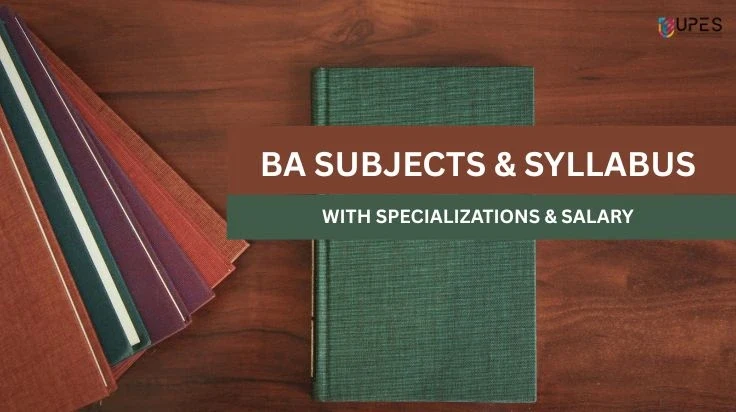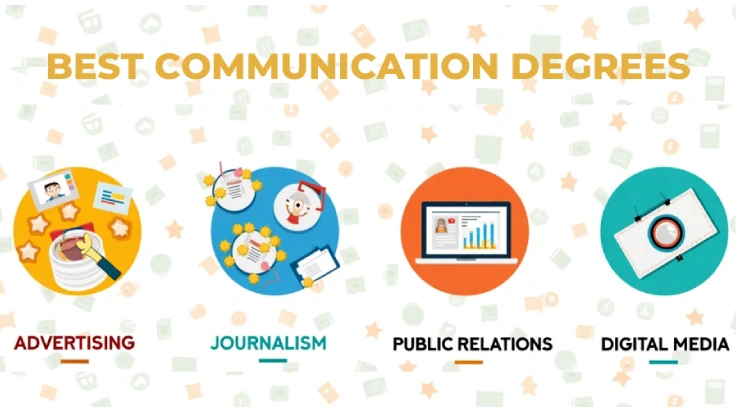How social media has changed the way we consume news
- Aditya Mukherjee
- Published 27/09/2022

Image credit: Shutterstock
As the print media battles for relevance in the age of internet, we must engage in distinguishing opinion from fact and bluster from evidence in the new, post-truth world we live in
There used to be a time when reading a newspaper would be our first priority while sipping a steaming cup of tea in the morning. It was a time when electronic media was in its infancy and social media had not yet invaded our lives.
Since then, so much has changed in the last few decades or so. Our lives now revolve around social media. Newspaper circulation has seen considerable decline across the world as people, by force of habit, have started relying on social media like Facebook and Twitter, to get their daily dose of news and views.
However, despite the stranglehold of social media, India is all set to become the world’s fifth biggest newspaper market in terms of revenue by 2026 and have the largest newspaper readership, overtaking China by 2025.
Fake news and social media
There is no denying that after the advent of social media and internet, fake news started to spread its tentacles. Globally there is a growing manipulation of algorithms of social media and search engines to reach larger audiences and mislead news consumers.
Given the increasing spread of misinformation, purveyors of fakery have a field day everywhere. Fake video clips, news stories with morphed media logos, bots, paid commentators have become par for the course.
According to an article published in the BBC website, in 2016, before the US election, at least 140 fake news websites which were pulling in huge numbers on Facebook, were identified. Here, once again, the role of Facebook algorithms in spreading fake viral stories, came into play.
The proliferation of many fake news websites with their viral posts is a cause for great concern. These websites try to draw traffic with their questionable content and disinformation as sensational headlines and fatuous storylines ride roughshod over truth and facts.
Things get complicated when readers fail to do fact-checking. They tend to accept what they see, read and hear, as gospel truth. So, the fake news horse has already bolted from the stable and it is off and running.
While there is free flow of information thanks to the ubiquity of social media, it is worth always checking sources and not taking headlines as truth.
Social media and the changing pattern of news consumption
In a survey conducted a few years ago in the US, 50 percent of internet users surveyed revealed that they hear about the latest news via social media before even hearing about it on TV.
As a matter of practice, many internet users will see the breaking stories on their feed and go to the news sites to get more details. Interestingly, the survey found 57 percent increase in traffic to news sites happened because of social media.
In India, with the advent of social media, the reading habit among people has shown considerable decline. It has been seen that most people prefer to scroll through their newsfeed and, if necessary, read the headlines or watch a short video clip of the piece.
Social media ensures what news piece you see
However, social platforms seem to rule the roost when it comes to news and information we consume. Our social media friends have donned the role of editors deciding what we see. An article is generally “liked” and shared multiple times before many people see it in their feed.
It is evident that social media and your friends exercise considerable control over what news pieces you see and what you do not.
In the age of social media, news travels at the speed of light. With attention span narrowing, today’s news will be tomorrow’s fish and chip paper. It’s a dog-eat-dog world out there.
Once a story goes viral on Facebook or Twitter, every other newspaper latches on to the same story and updates them on their respective websites to draw traffic. Both the print and electronic media have to keep up with the Joneses to stay afloat.
The media is battling for relevance in the age of internet and the commodification of news has changed journalism globally. The onus is on us to engage in distinguishing opinion from fact and bluster from evidence in the new, post-truth world we live in.
Aditya Mukherjee
The writer is a part of the UPES editorial team
Tags
- school of modern media
UPES Admission Enquiry
Subscribe to UPES Blogs
Join our community for exclusive stories, insights, and updates
By clicking the "Subscribe" button, I agree and accept the privacy policy of UPES.































